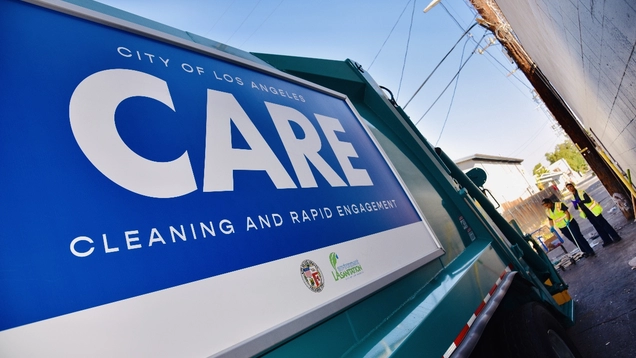
Last summer, Mayor Garcetti unveiled a new strategy regarding street cleanups, with the introduction of Comprehensive and Rapid Engagement (CARE) teams. As chair of the Budget and Finance Committee, I allocated $6.5 million for expansion of the teams, two of which are based in CD2.This week, the Energy, Climate Change and Environmental Justice Committee, on which I sit, discussed the state of CARE and CARE+ - a more intensive cleanup - after six months.
In my view, the program has been improving, following some problems at the outset. Cleanup priorities are now established in tighter coordination with council offices. The scheduling of chronic locations for weekly service has become more reliable.
The Los Angeles Bureau of Sanitation and Environment, which oversees CARE, is implementing a single shared spreadsheet where field staff can enter locations according to priority. The spreadsheet will include information related to the cleanup, such as photos and tonnage.
In CD2, bulky items and illegal dumping have been removed with more frequency, resulting in a reduction in blight in North Hollywood and Sun Valley.
There are still issues to address, including better communications with people experiencing homelessness about what is and is not allowed when CARE+ comes to a location.
Still, CARE and CARE+ are improvements in the ongoing effort to strike a balance between maintaining clean communities and respecting the rights of those living on the streets.